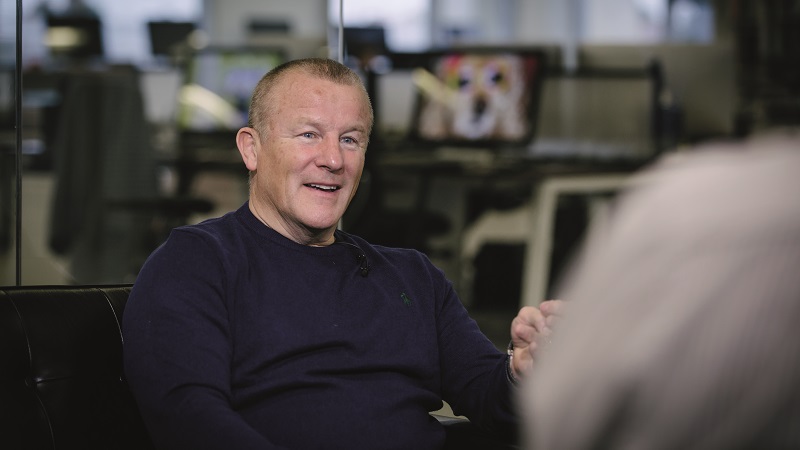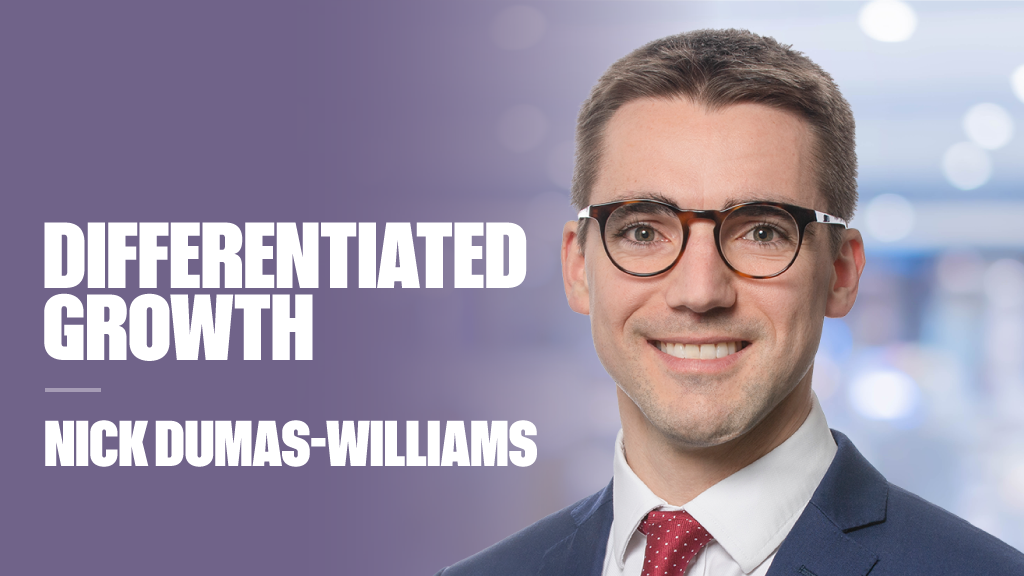As the hunt for yield pushes investors up the risk spectrum, Helen Bradshaw reckons it is important to make a distinction between risk-profiled and risk-targeted income portfolios.
A decade ago, a portfolio of cash and government bonds could have delivered an attractive yield in the realm of 4%. “Nowadays, it’s much more difficult,” says the Quilter Investors portfolio manager. “Many investors are being forced into different asset classes, whether that’s equity income, high yield bonds or emerging market debt. All of these do offer attractive levels of income but they come with a very different risk profile.”
Bradshaw joined Quilter Investors in January 2019 from Janus Henderson, where she had worked in the multi-asset team for 15 years. In June, she unveiled the risk-targeted Monthly Income and Monthly Income & Growth funds. The former portfolio is lower risk, targeting a higher level of income, while the latter is higher risk with a lower level of expected income.
Cash and fixed income represent 46.5% of the Monthly Income portfolio, which has a risk profile of five, under Dynamic Planner ratings, and 25.7% in Monthly Income & Growth, with a risk profile of six. Gilts are only held in the Monthly Income fund, with exposure via passives.
Strategic bond funds are an area Bradshaw particularly likes now for their flexibility and the fact they can move the duration of the portfolio. Hermes Unconstrained Credit is in both portfolios. It has a yield-to-worst of 3.66% and duration of 2.47 years.
Experience with portfolio launches
This is not the first time Bradshaw has been involved in a launch. At Janus Henderson, then Henderson Global Investors, she was part of the Henderson Core Income launch in 2012, which introduced four funds. The £145.4m range is now run by Dean Cheeseman, Nick Watson and Paul O’Connor.
At Quilter Investors, the intention was always to launch a pair of products at two different points along the risk curve, where the most demand was identified. “But that’s not to say that the range won’t be expanded in the future,” she says.
Developing the range involved speaking to advisers and their clients, as well as researching the broader marketplace, to see where the multi-asset house could offer a different approach. While multi-asset income offerings have grown in recent years the sector remains relatively small, she says. “The range of solutions is still focused on accumulation with a limited subset of options. On top of that, we found there were few funds that offered a regular income stream for clients.”
For that reason, the funds were designed to make monthly distributions. The Monthly Income fund pays 0.33p per share per month and Income & Growth pays 0.29p.
An income-forecasting tool, developed in-house, models the distribution streams of all underlying holdings in the portfolios. “We can model that over any time period and as far into the future as we like,” she says. “It gives us real insight as to when the distributions are coming through from different parts of the portfolio, and helps us ensure we are not reliant on any one part of the portfolio, region or asset class for income.”
According to Bradshaw, funds held in portfolios vary in terms of the frequency of distribution payments. “You’re seeing more and more income funds offering things like monthly distributions, but I still say the vast majority of funds are quarterly payers.”
Quilter’s modelling tool provides the managers with a snapshot of the portfolios at any point in time. But, says Bradshaw: “We try to make a conservative estimate so we can have a level of confidence as to what the income will be going forward.”
Broad split between income and accumulation investors
Despite the focus on income, she notes there is a broad split between people investing via the income and accumulation share classes. “There is probably more interest in accumulation than you would think, but the portfolios have proved popular for people looking to compound up their income.”
Within equities, BNY Mellon Global Income, managed by Nick Clay, is one of the largest weightings, representing just over 3% in each portfolio. In a market where the US drives returns, global income is challenging, but Clay’s fund has managed to achieve strong relative performance, she says. Fidelity Global Quality Income is another fund from the sector she holds.
UK equities represent a fifth of the lower risk Monthly Income portfolio and 24% in Monthly Growth & Income. She is neutral on the country due to the political backdrop, despite the 4.5% yield on the FTSE 100.
“There are many twists and turns that happen on a daily basis at the moment, and the approach we have taken is to diversify the exposure within the equity buckets.”
Ishares FTSE 100 and Quilter Investors UK Equity Large Cap feature at one end, while she names Montanaro UK Income as a fund picking good stocks further down the market cap spectrum.
Investec UK Equity Income, which debuted in the funds at launch, remains in both portfolios despite the exit of lead manager Blake Hutchins in August.
“It’s always disappointing when a fund manager leaves, but it’s not always an immediate sell for us. In this case, having met with Ben [Needham] and done some further work with him, we are happy to stick with the holding.”
The team is likely to meet with Hutchins once he settles at Troy, “but there’s no real rush”, she says.
Broadening the search for income
Asia and emerging markets are regions Bradshaw finds interesting from an income perspective. She holds Wells Fargo Emerging Market Equity Income, which has a yield of 3.6%. She also likes Schroders Asian Income, managed by Richard Sennitt.
“The manager there is focusing on strong balance sheets and good corporate governance. He also has a very well-resourced team at Schroders, with strength and depth.”
Exposure to alternatives in the portfolios could be higher but the team accesses the asset class via investment trusts, where premiums have been high. Bradshaw attributes this to the ‘hunt for yield’ environment.
“In recent years we’ve seen a trend for higher premiums on any alternative that offers an income. It’s hard to see how that could change but, equally, it can be very sentiment driven.”
She added the Renewables Infrastructure Group over the summer when its premium dropped. She notes this was probably a case where the change was sentiment driven, given it was not on the back of any news flow.
Foresight Solar and INPP are among the infrastructure holdings, while she also owns Princess Private Equity and Neuberger Private Equity. “These would probably be the largest dividends payers in the private equity sector. What we’re trying to do is diversify the return drivers within the portfolio.”
Total investment trust exposure is limited to 30% of the portfolio but, in reality, it will never get this high. Current investment trust exposure is 12% in the Monthy Income fund and 10% in Income & Growth.
Says Bradshaw: “The underlying asset might have very low volatility but the premium discount can move around and increase that, which means you want to keep a lid on your overall exposure.”











